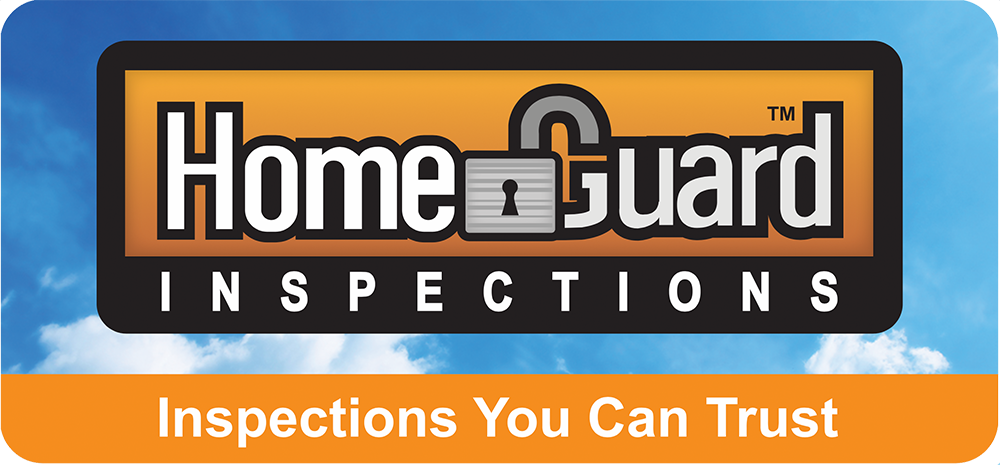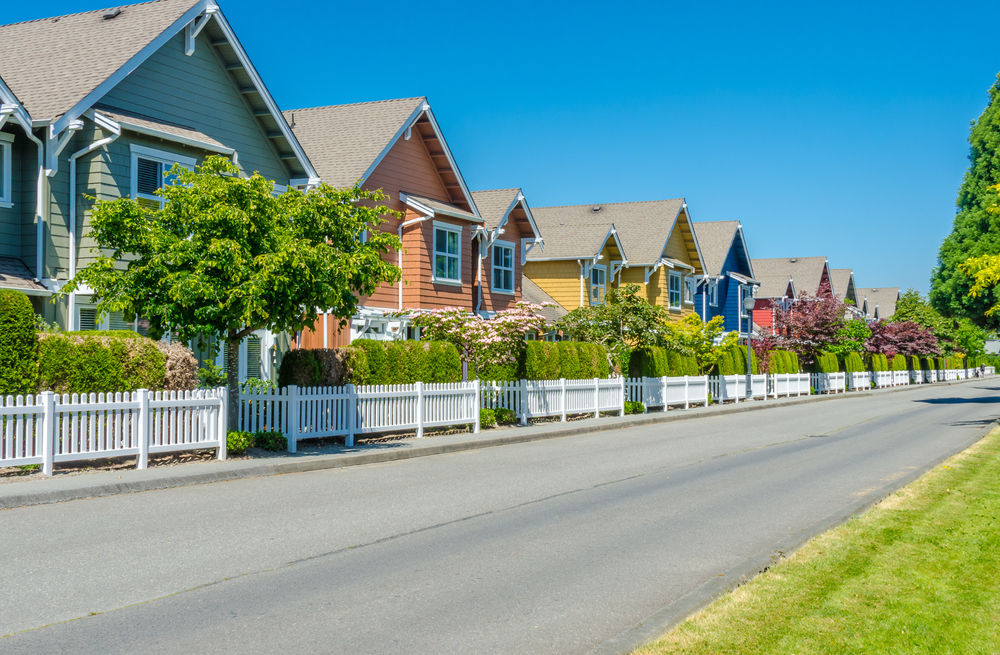When you’re buying a home, it’s important to make sure that it’s safe for you to live in. One way to ensure this is by conducting a mold test. However, understanding the results of a mold test can be complicated because of various factors that need to be considered. In this article, we aim to simplify mold test results and focus on when mold becomes a problem. This article is directed towards home buyers and their real estate agents. We will discuss the significance of elevated mold levels, potential health risks, and the recommended steps for remediation.
Understanding Mold Test Results
It is important to carefully examine mold test results, taking note of specific testing locations, total mold spore counts per cubic meter against established baselines, and the total number of mold spores per cubic meter for each known toxic mold type. Mold spore concentration is a key measure of air quality and is usually expressed as spores per cubic meter (spores/m3). Mold test results classify concentration levels into three categories to simplify interpretation:
Normal Air Quality
When the concentration of mold spores in the air sample is equal to or less than the control sample or below 500 spores/m3, the quality of air is considered acceptable. In this situation, the presence of mold spores falls within the standard range, and there are no immediate concerns for the health of the occupants.
Questionable Air Quality
If the concentration of mold spores in an air sample is higher than the control sample but remains between 500 and 999 spores/m3, the air quality is considered questionable. This means that there is a slight increase in the amount of mold spores present, which requires attention, and further investigation may be necessary.
Unhealthy Air Quality
It is a cause for concern when the concentration of mold spores in the air is at least twice as much as the control sample value, exceeding 999 spores per cubic meter. Moreover, if there is a presence of even a single toxic mold spore species, the situation becomes more serious. This indicates poor air quality that can potentially endanger the health of the occupants.
Known Toxic Mold Spore Species
Certain mold spore species are classified as potentially toxic, and their concentrations contribute to the overall assessment of air quality. The following species, with concentrations above 500 spores/m3, are considered potentially problematic: Alternaria, Aspergillus/Penicillium, Chaetomium, Fusarium, Stachybotrys/Memnoniella, and Ulocladium.
Mold Remediation Recommendations
If a mold test shows a high concentration of toxic mold spores, it is highly recommended to carry out remediation. This involves identifying and addressing the root cause of mold growth, removing affected materials, and taking measures to prevent future recurrence. According to the Environmental Protection Agency, areas of mold smaller than 10 feet by 10 feet generally do not require professional remediation. However, it is important for home buyers and their real estate agents to work closely with qualified professionals to ensure proper remediation and create a healthy living environment.
Bringing it All Together
It is essential for home buyers and real estate agents to understand the results of a mold test when dealing with real estate transactions. Knowing the different scenarios of mold concentration levels and identifying the potential risks associated with toxic mold spore species can help make informed decisions to prioritize the safety and well-being of future occupants. In case of elevated mold levels, it is important to promptly take remedial action to create a safe and healthy living space.
HomeGuard Inspections™ offers home and commercial property inspection services in Salt Lake City, from Ogden to Spanish Fork and Heber to Tooele. Contact us to request an inspection.

